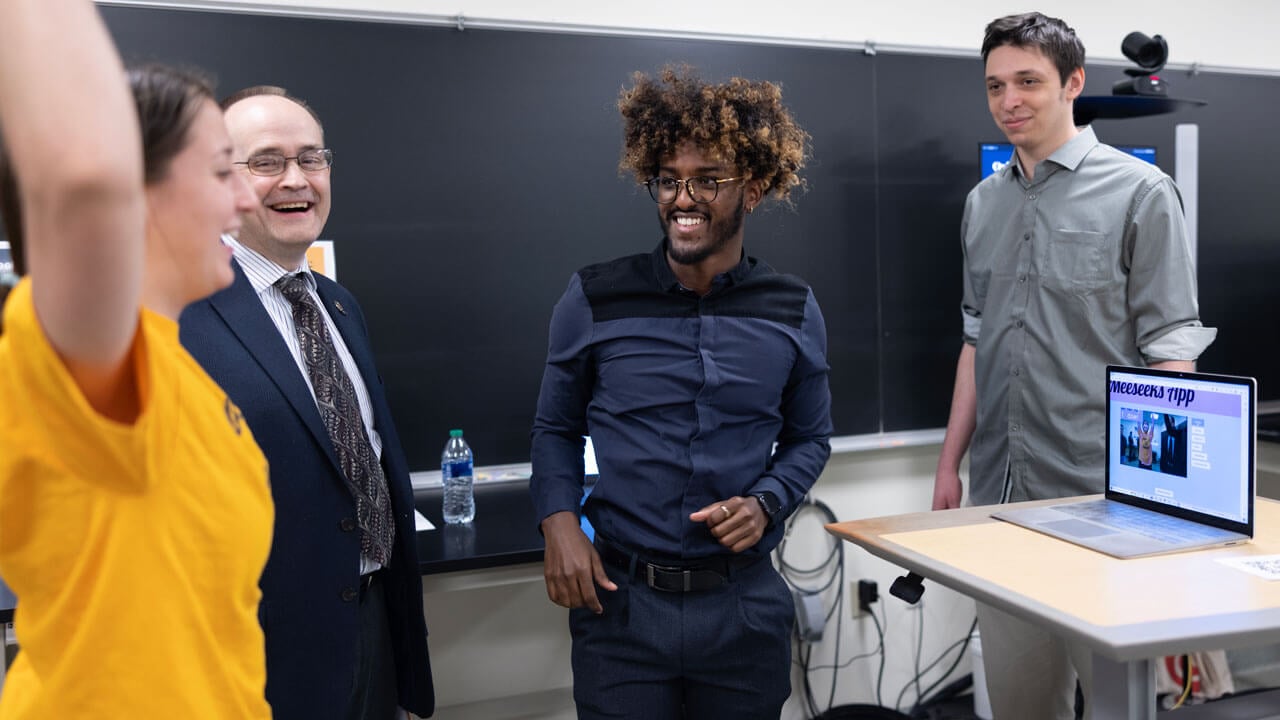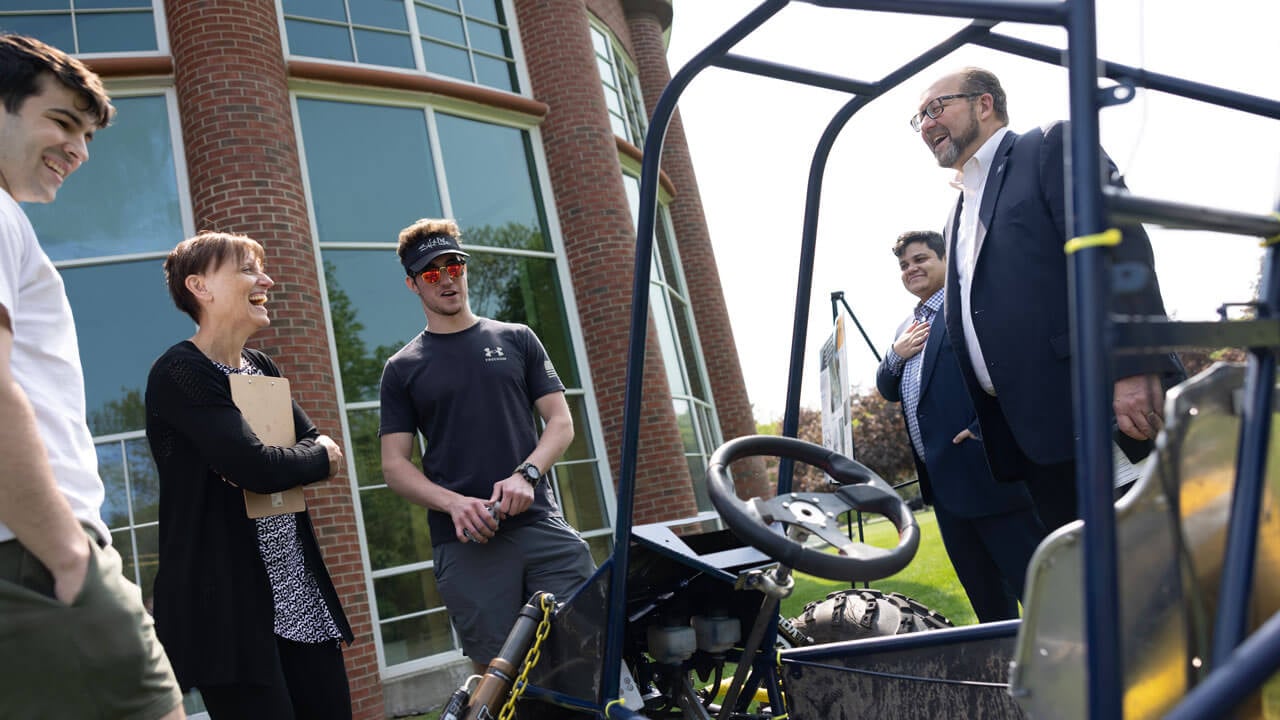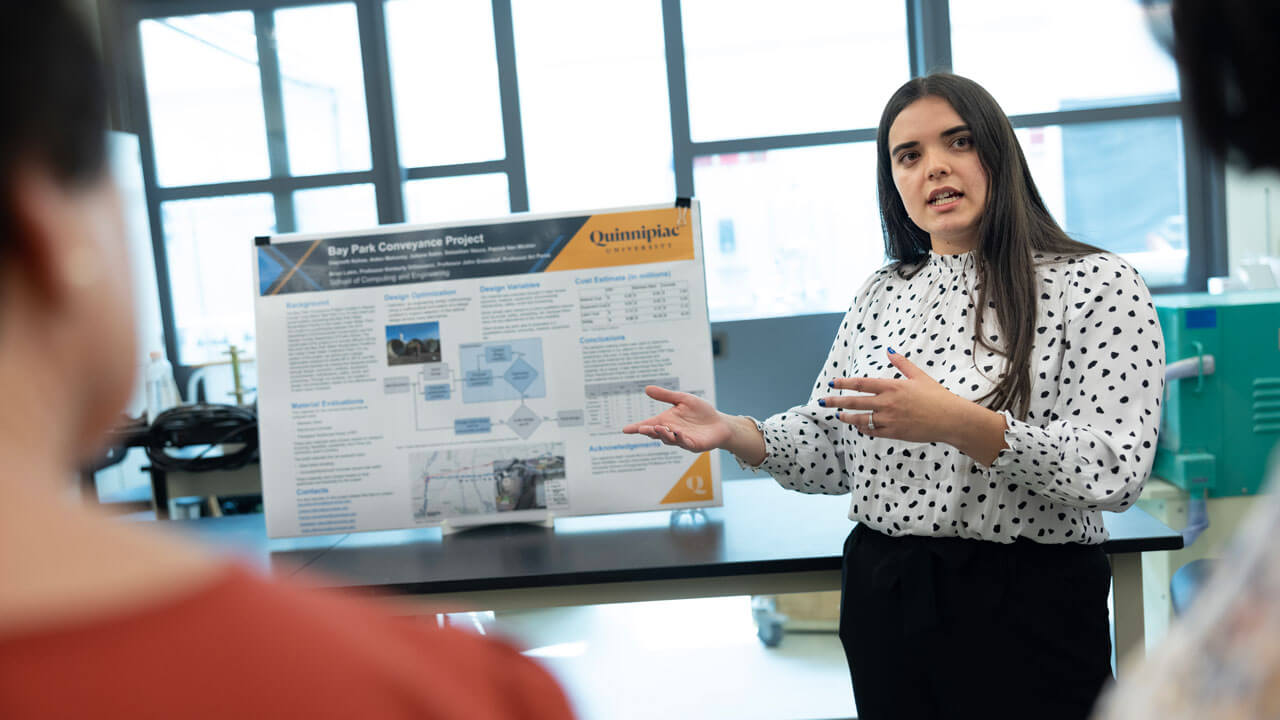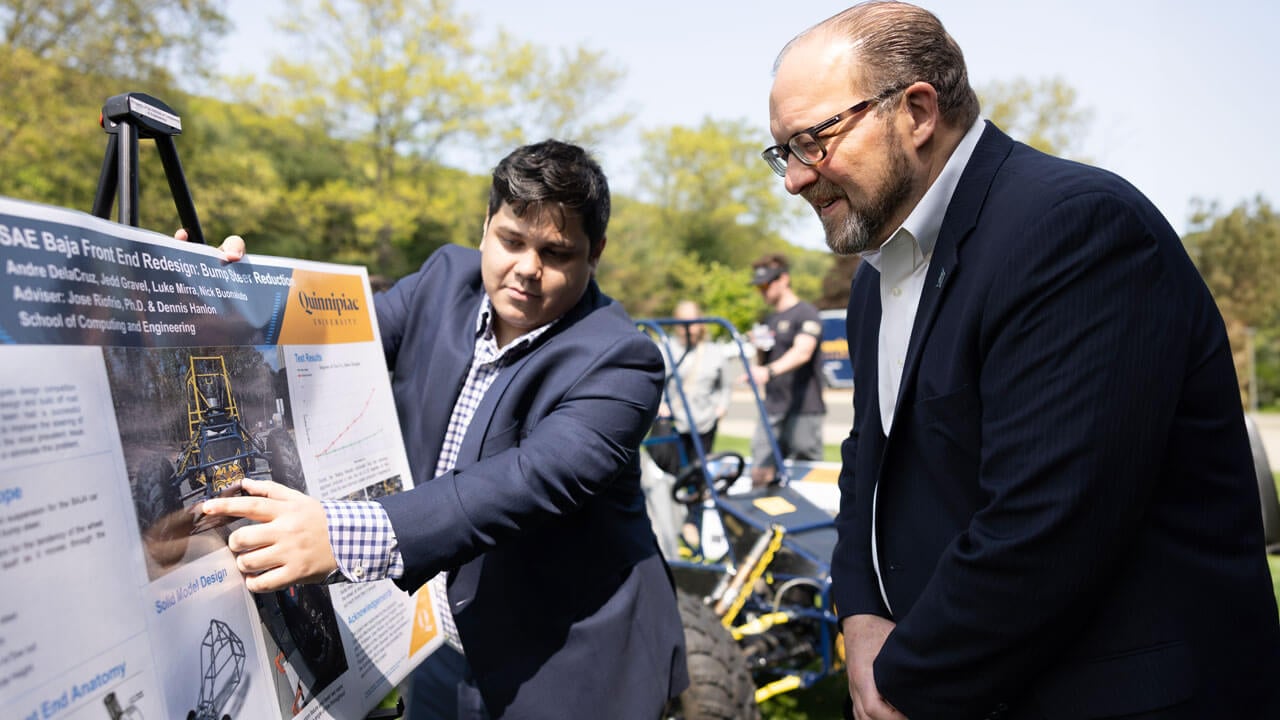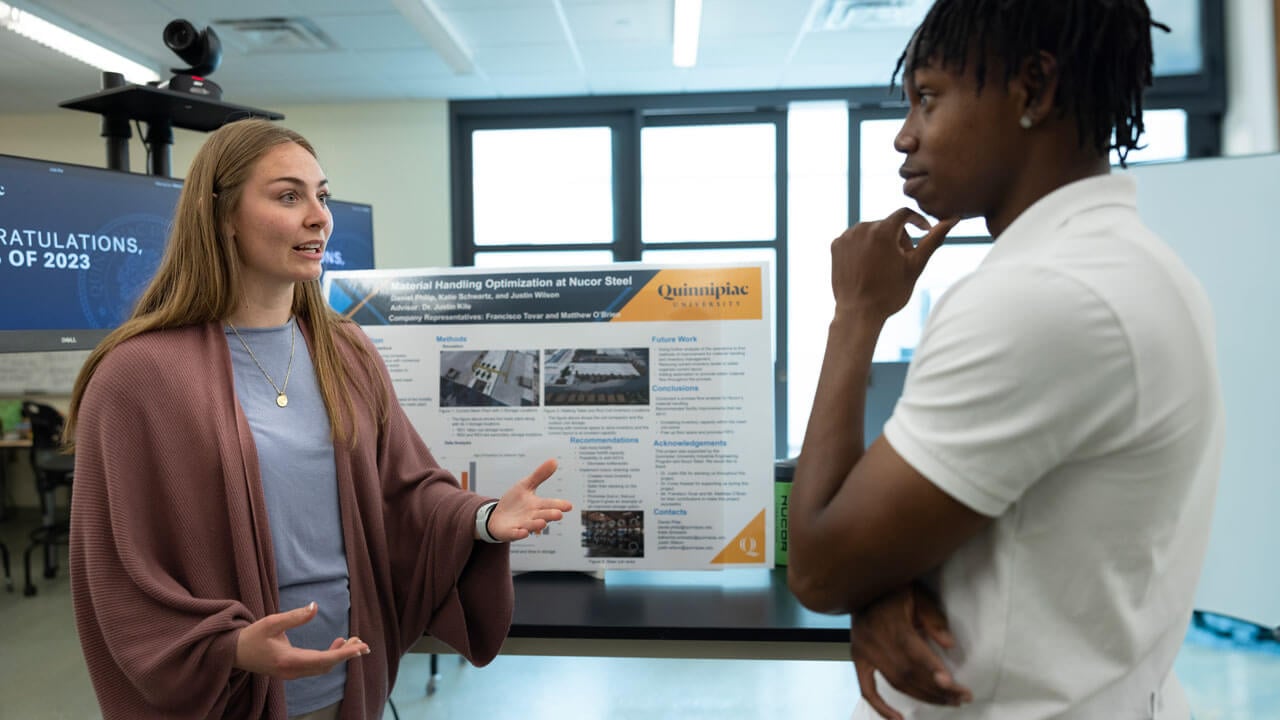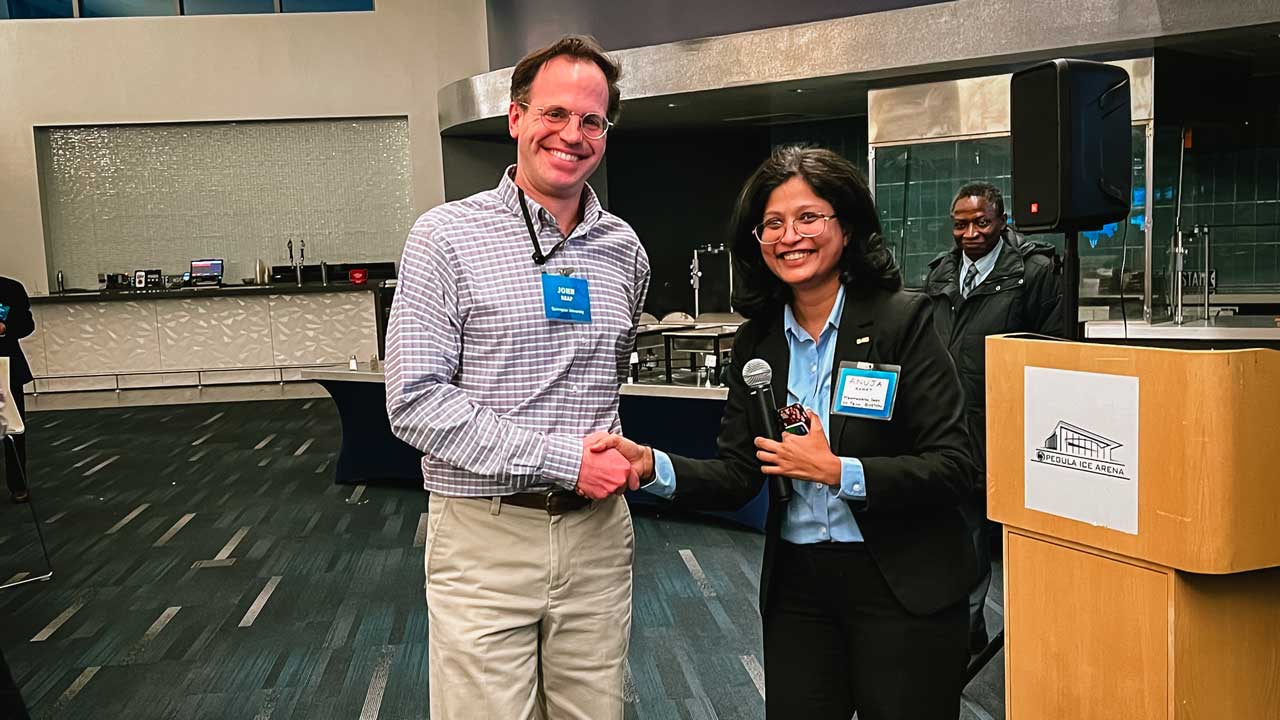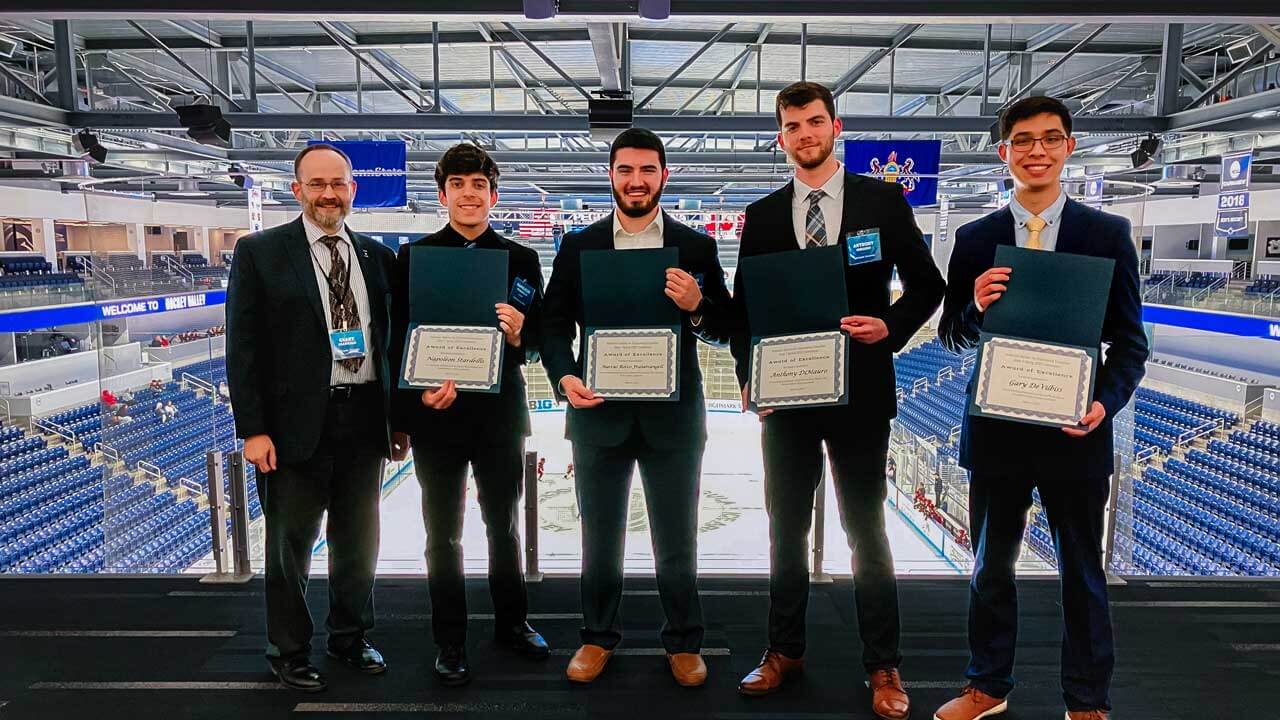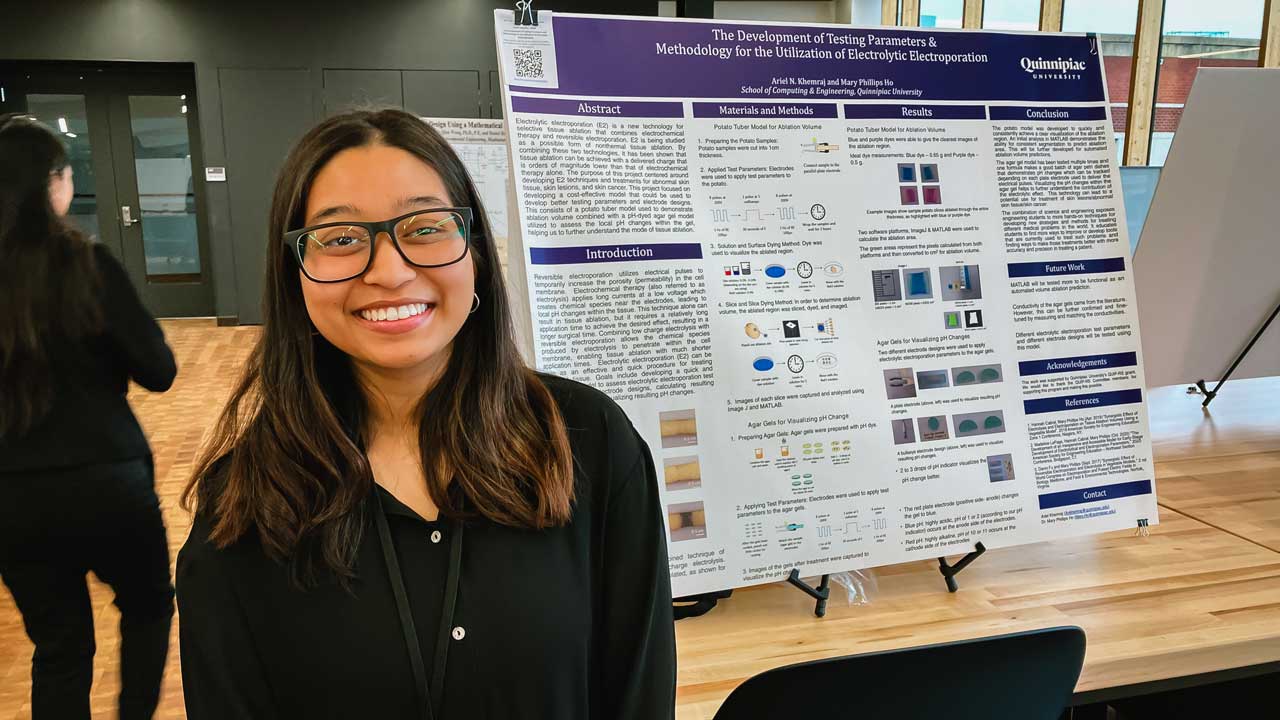Welcome to Projects Day
The School of Computing & Engineering enthusiastically welcomes the community to join us for the ninth annual Projects Day, a showcase and celebration of our students and their achievements. For our seniors, this day marks the culmination of the journey from high school to their careers as engineers or computer science professionals.
Learn more about the projects and participants within each program in the School of Computing & Engineering. We hope you’ll take the opportunity to explore some presentations and engage in discussions with some of the student teams. We appreciate you taking the time to join us and share this special day with our students, staff and faculty.
- Taskin Kocak, dean of the School of Computing & Engineering

